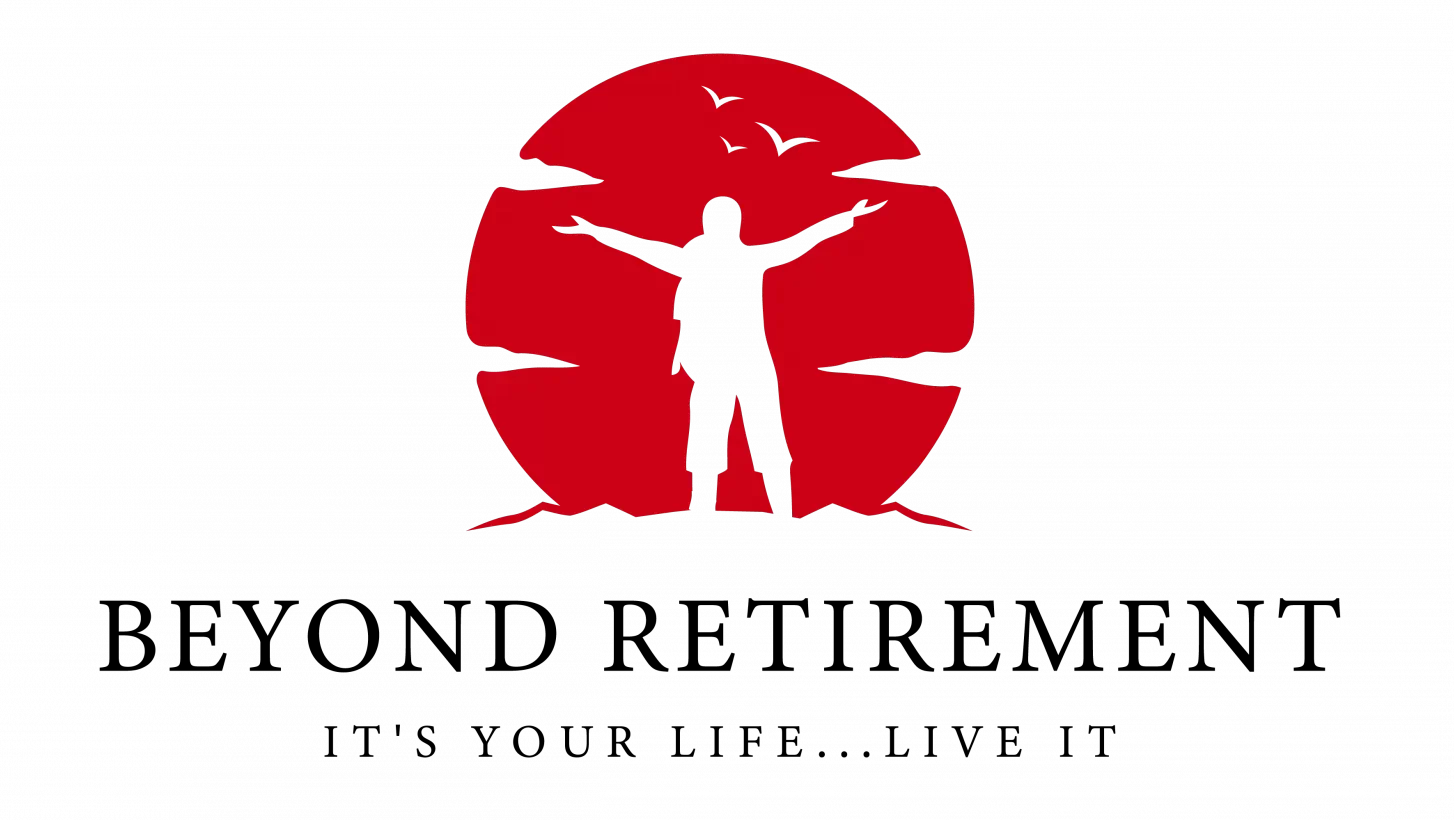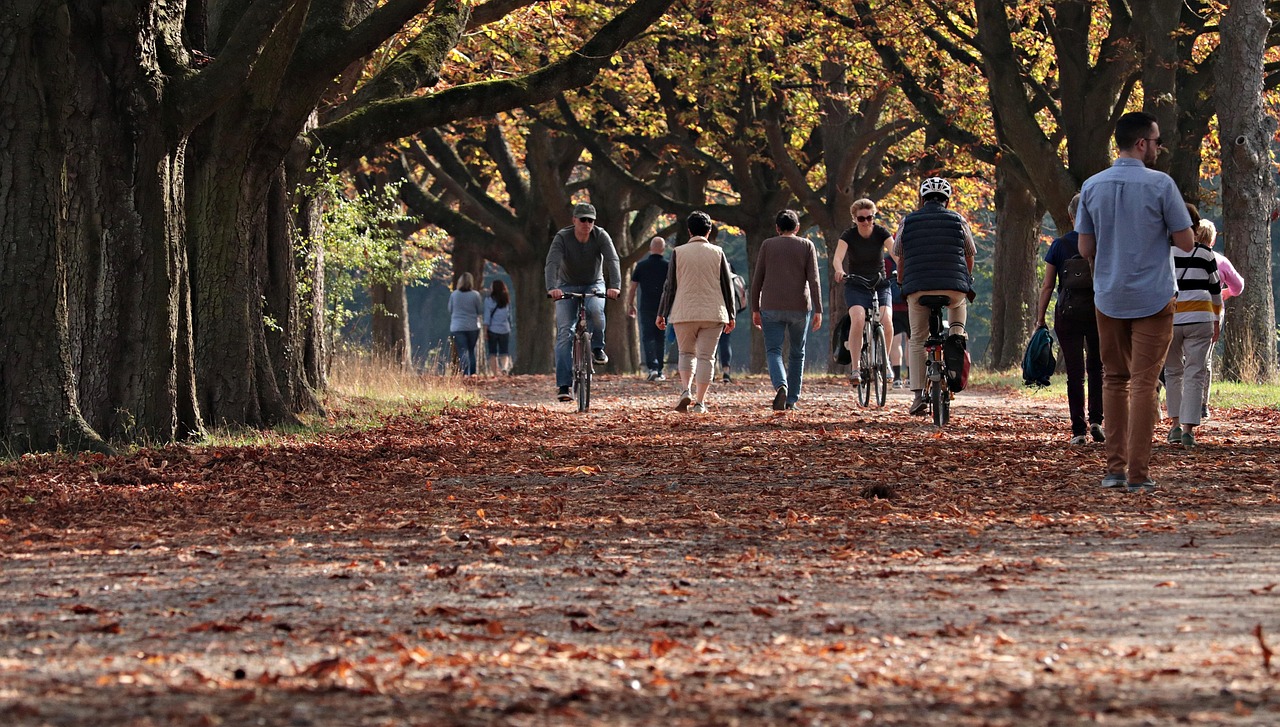Your Retirement Connection Plan (Stop Loneliness Before It Starts)
TL;DR: You don’t have to wait for the perfect friend group or a packed calendar to feel connected. A few consistent “micro-social” habits—plus a weekly ritual and low-pressure ways to meet people—can protect your health (the risks of poor social connection rival smoking) and make daily life brighter. This guide gives you a step-by-step Connection Plan you can start today, with options for every energy level and season.
If you’re honest, you can probably feel the edges of lonely from time to time. Not the dramatic kind—just the quiet ache when routines change, the house goes silent, and you’re not sure who to text for a walk. You’re not broken, and you’re definitely not alone. Major health organizations now call loneliness and social disconnection a public-health issue, especially as life transitions stack up around retirement.1, 5
First, a gentle reality check (you’re not imagining it)
You’ll hear two terms woven through the research:
- Loneliness = how you feel (the gap between the social connection you have and what you want).
- Social isolation = the quantity of contact (how often you interact with others).
Both matter for your health. Lacking social connection is linked to higher risks of heart disease, stroke, anxiety, depression, dementia, and even premature death. In fact, the risk level from poor social connection has been compared to smoking up to 15 cigarettes a day.2, 3 In Canada, roughly 1 in 5 seniors reported loneliness before and during the pandemic, and government reviews estimate about 30% are at risk of becoming socially isolated.4, 6
Your 5-minute “Connection Baseline”
- Daily micro-connections (hellos with neighbours/barista, quick texts, short calls)
- Weekly planned connection (standing walk, lunch, class, or club)
- Depth moments (conversations where you feel seen/heard)
- Purposeful contribution (helping someone, volunteering, sharing a skill)
- Energy fit (connections that match your social battery—no dread)
Circle two numbers you want to nudge up by just +1 over the next four weeks. That’s your first target.
The 7-Day Kickstart: tiny moves that actually happen
Day 1: Set your “micro-social” cue
Pick a daily anchor you already do—morning tea, dog walk, mail check. Attach a 60-second reach-out to it.
Day 2: Make one standing plan (same day/time, every week)
A weekly rhythm beats one-off scheduling ping-pong. Standing plans reduce friction and grow roots over time.
Day 3: Refresh your conversation openers
- “What’s something you’re looking forward to this week?”
- “What do you like most about this group/club/neighbourhood?”
- “I’m new to ___—any beginner tips?”
Day 4: Match for energy
Choose gentle formats: parallel activities, short-window meetups, shared quiet.
Day 5: Try one interest-based space
Community centres, libraries, gardens, volunteer shifts, faith/meditation groups.
Day 6: Use tech with intention (bridge, don’t replace)
Let digital tools feed in-person contact, not substitute for it.2
Day 7: A gentle “depth” moment
Reach out to one person for a slightly deeper check-in: “How are you really this week?”
Your 4-Week Connection Plan (keep it simple)
- Every day: one micro-social touch.
- Every week: 1 standing plan, 1 depth moment, 1 contribution.
- Every month: 1 new doorway, 1 invite, 1 gratitude/maintenance message.
Frequency + predictability beat intensity.2
Your “Connection Stack”: options for any energy level
Low-energy days
- Wave + use a name; short voice note; share a photo.
Medium-energy days
- 20-minute walk-and-talk; library chat; half-meeting attendance.
High-energy days
- Host porch tea; try a beginner class; volunteer on a team.
What to say (when your brain goes blank)
Use the S.A.Y. prompts: Share, Ask, Yes-and. Keep exits kind and clear.
Build places that invite people
- Front-facing life: a chair near the porch/lobby, a visible plant, a question board.
- Open-door hours: same place + same time each week.
- Shared projects: seed library box, puzzle table, free-fix evening.
When connection feels hard (and what to try instead)
New town? Start with place-based repeats. Mobility or weather issues? Rotate short home visits and phone-walks. Hearing or vision changes? Get checked—sensory support can make social time easier.5
Why all this matters (the health case in plain language)
Social connection ties to lower risks of cardiovascular disease, stroke, depression, anxiety, dementia, and premature death. Some experts compare chronic disconnection to the harms of daily smoking.1, 2
Your next best step (pick one)
- Text a friend for a 20-minute walk.
- Block a weekly connection hour.
- Ask the library for one newcomer-friendly event.
- Fill in your one-page Connection Plan.
Sources
- U.S. Surgeon General (2023). Our Epidemic of Loneliness and Isolation.
- Harvard T.H. Chan School of Public Health (2024). The importance of connections.
- HHS (Graphic, 2017 summary). Lacking social connection vs. 15 cigarettes/day.
- Statistics Canada (2023). A look at loneliness among seniors.
- National Academies/NCBI (2020). Social Isolation and Loneliness in Older Adults.
- Government of Canada (2024). Social isolation of seniors—Understanding the issue.


